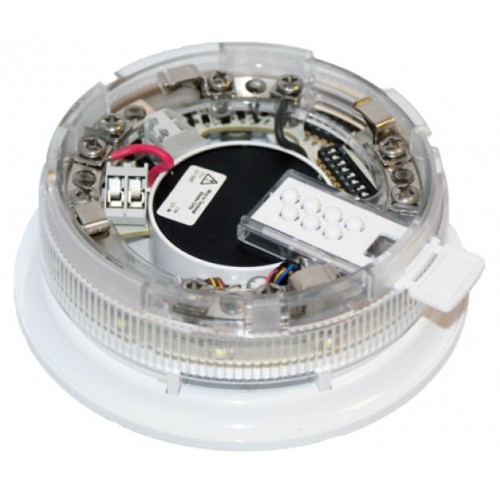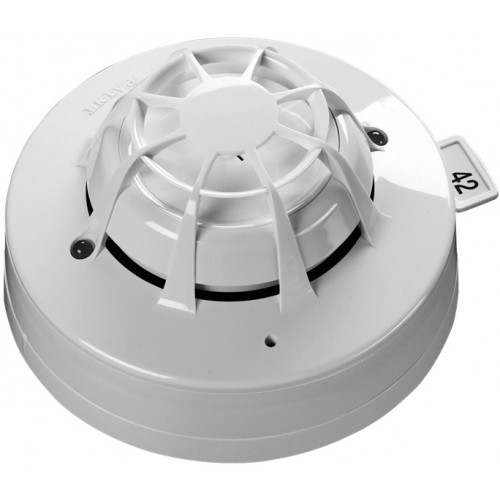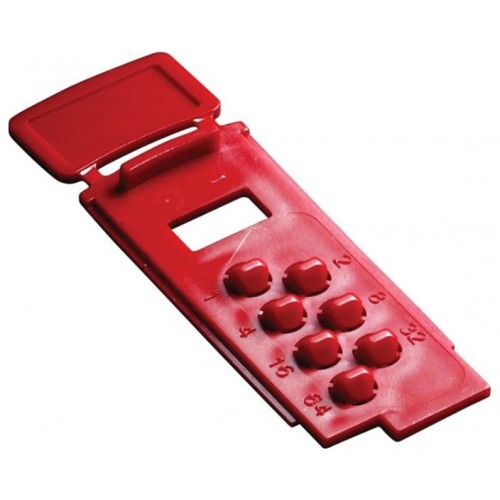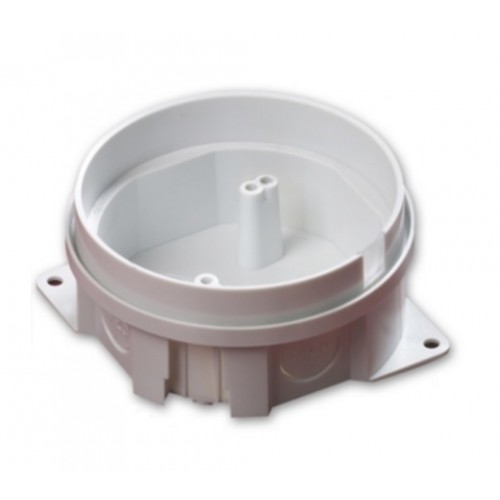Apollo 29600-803 Sonos Pulse Ceiling VAD Shallow Base White BodyRed Flash C-3-8.9
Apollo 29600-803Sonos Pulse Ceiling VAD Shallow Base White BodyRed Flash C-3-8.9Sonos Pulse conventional ceiling mounted Visual Alarm Devices are available with a white and red flash colour. The white flash variant has an EN 54-23 approved coverage pattern of C-3-15 whereas the red flash variant has a coverage pattern of C-3-8.9.Key FeaturesEN 54-23 approvedFlash Colour Red or WhiteSynchronised FlashIP21 shallow base

































